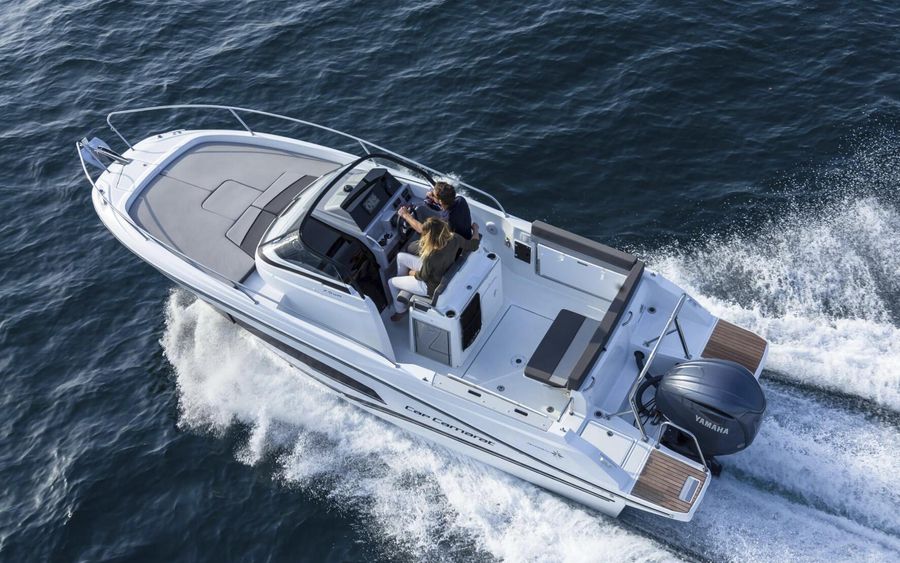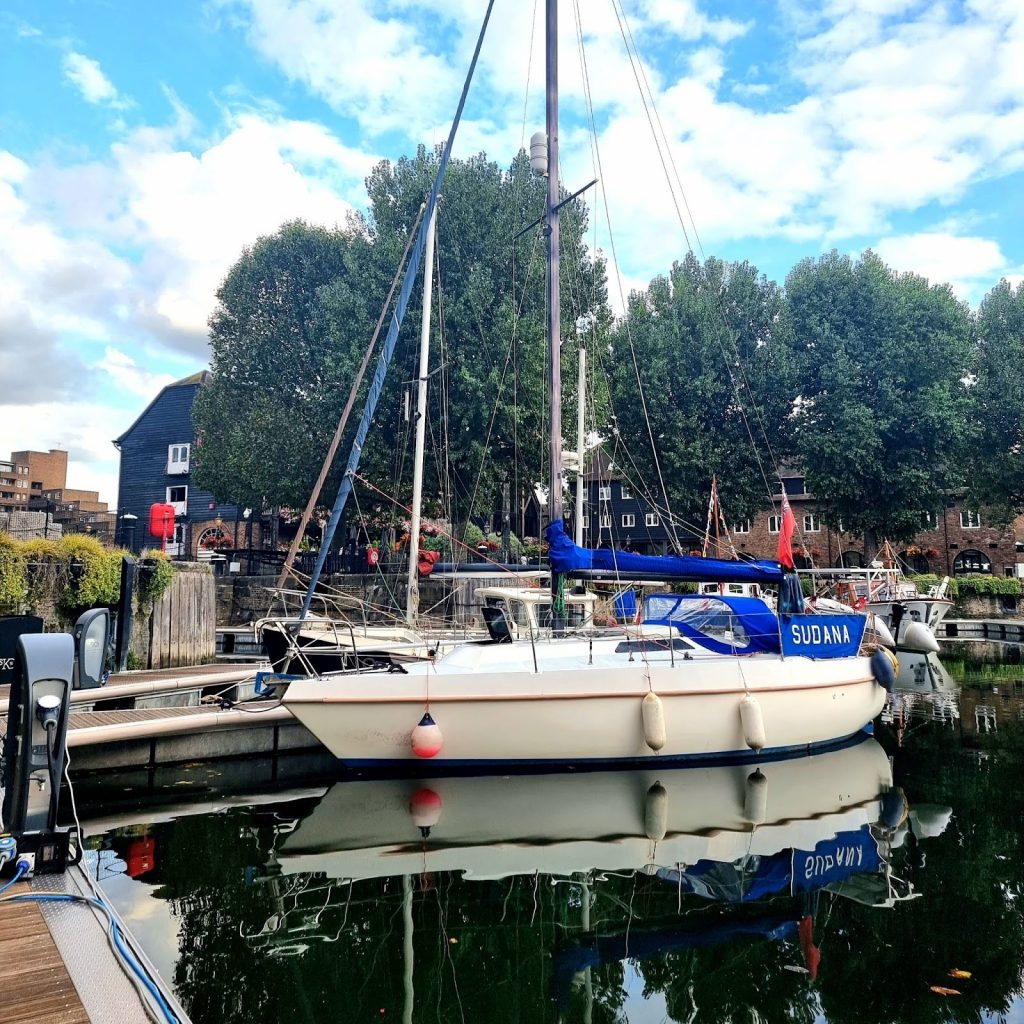We've picked some of our favourite charter locations that LateSail have to offer across Europe. Head off the beaten paths of Greece and Croatia and head to the mountains of Sweden or the turquoise seas of Montenegro for a brand new view of what Europe has to offer.
View all Charter holidays on Boats and Outboards.

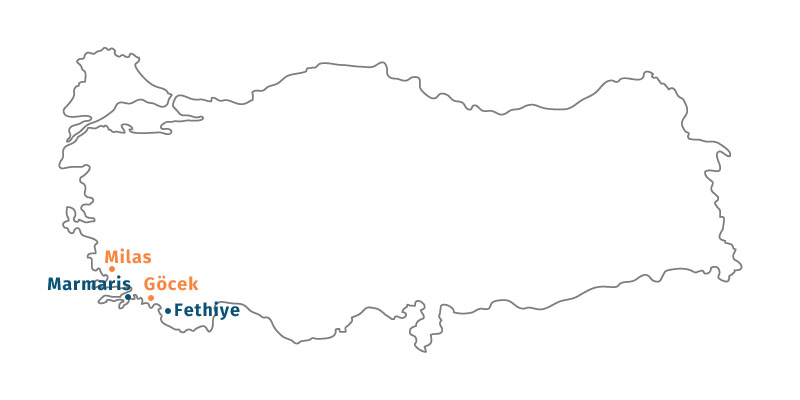
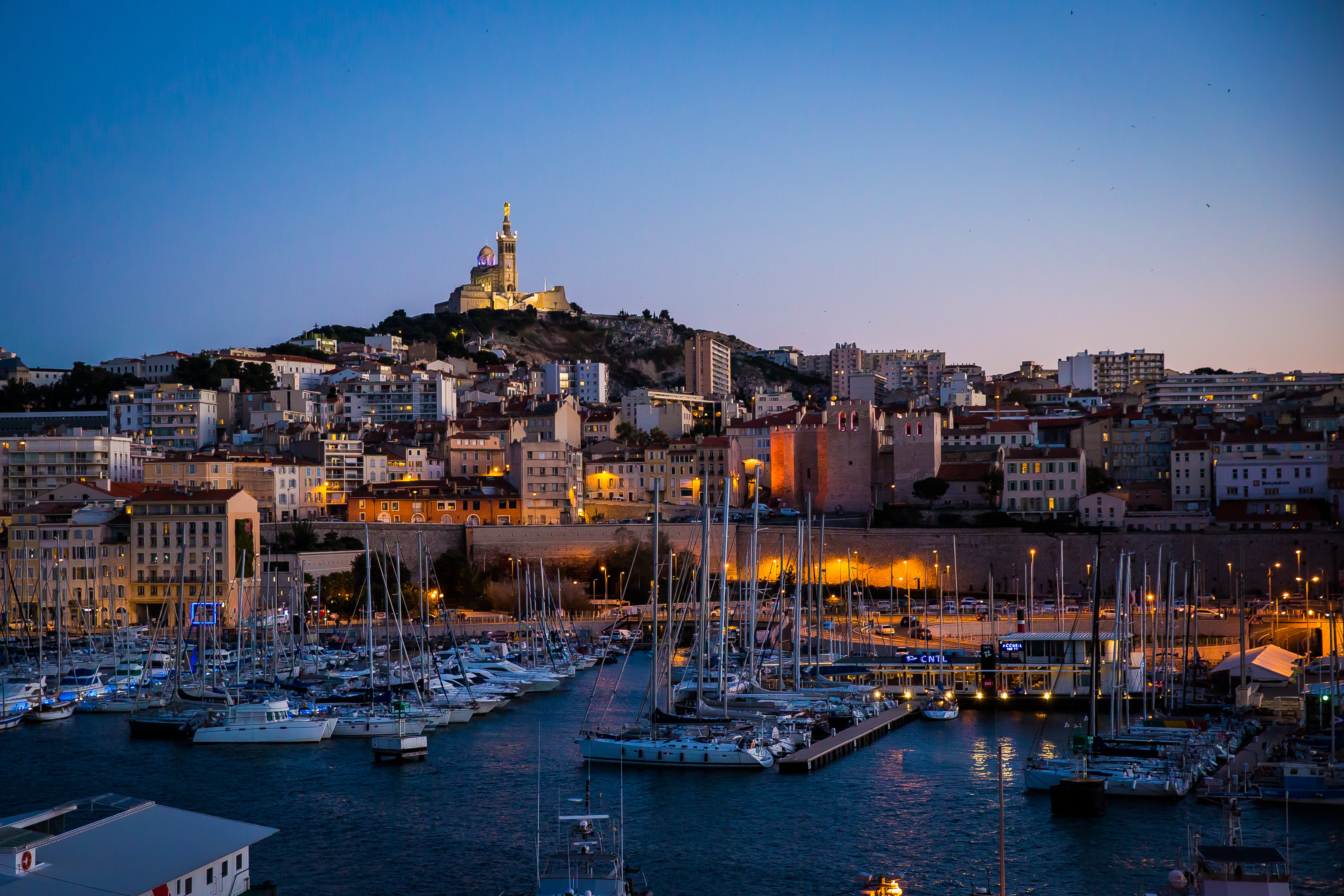
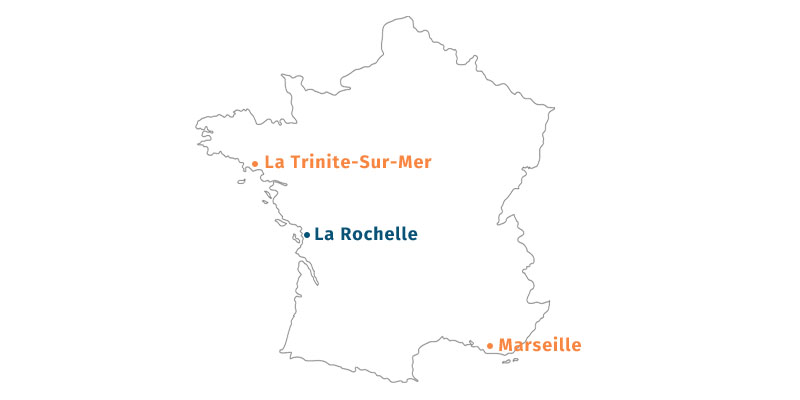
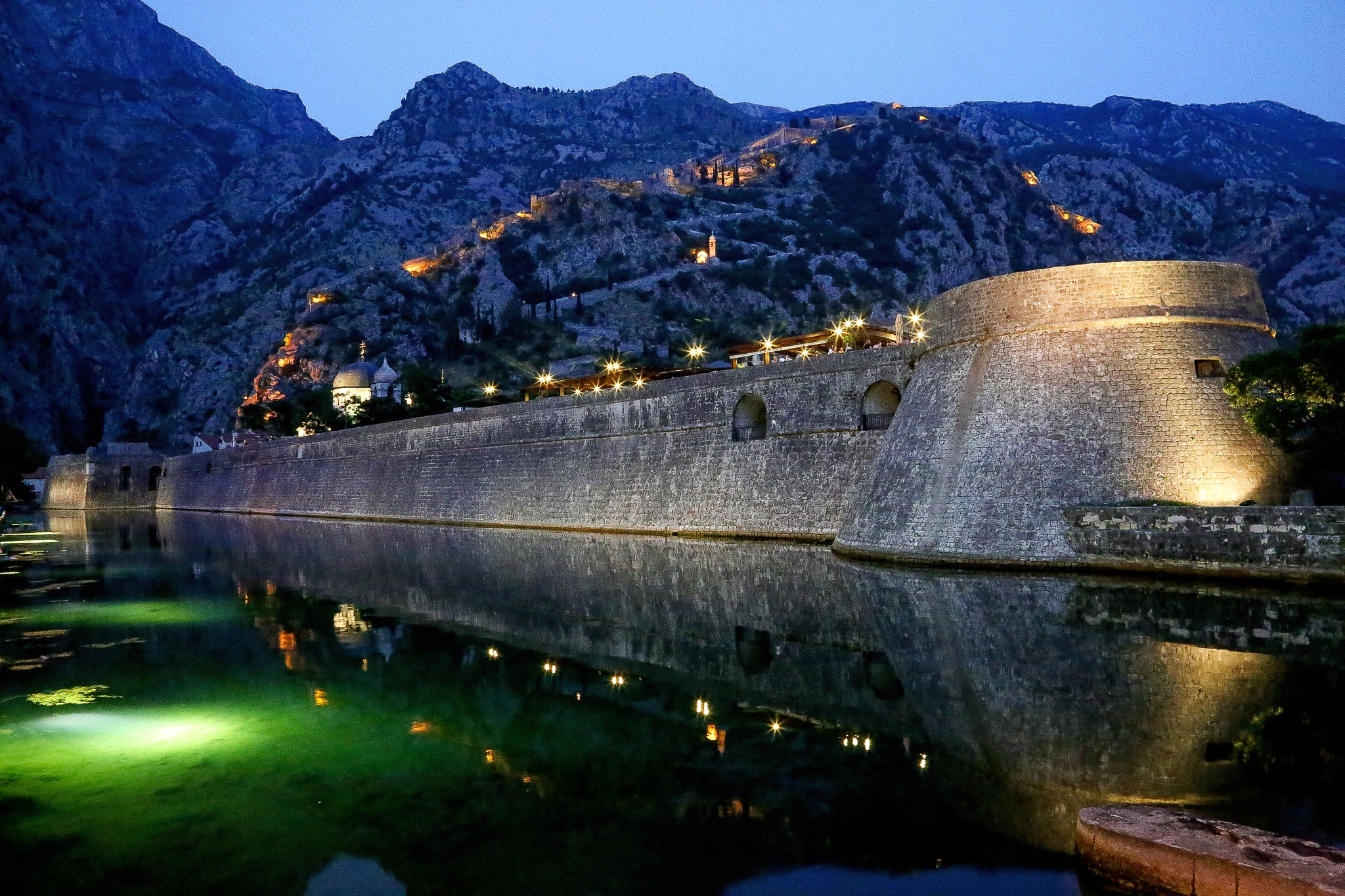
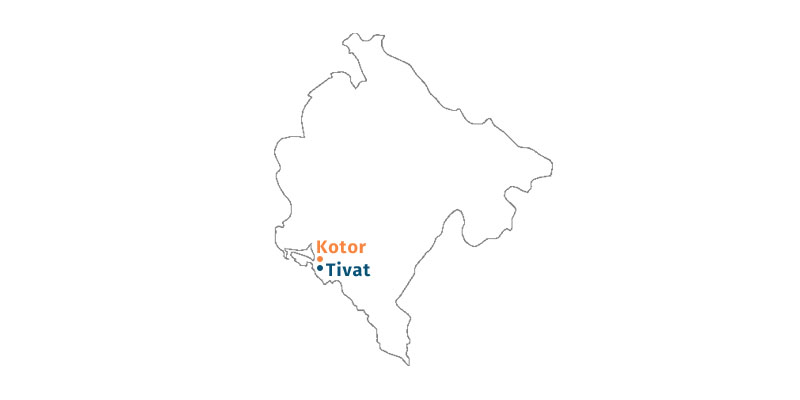
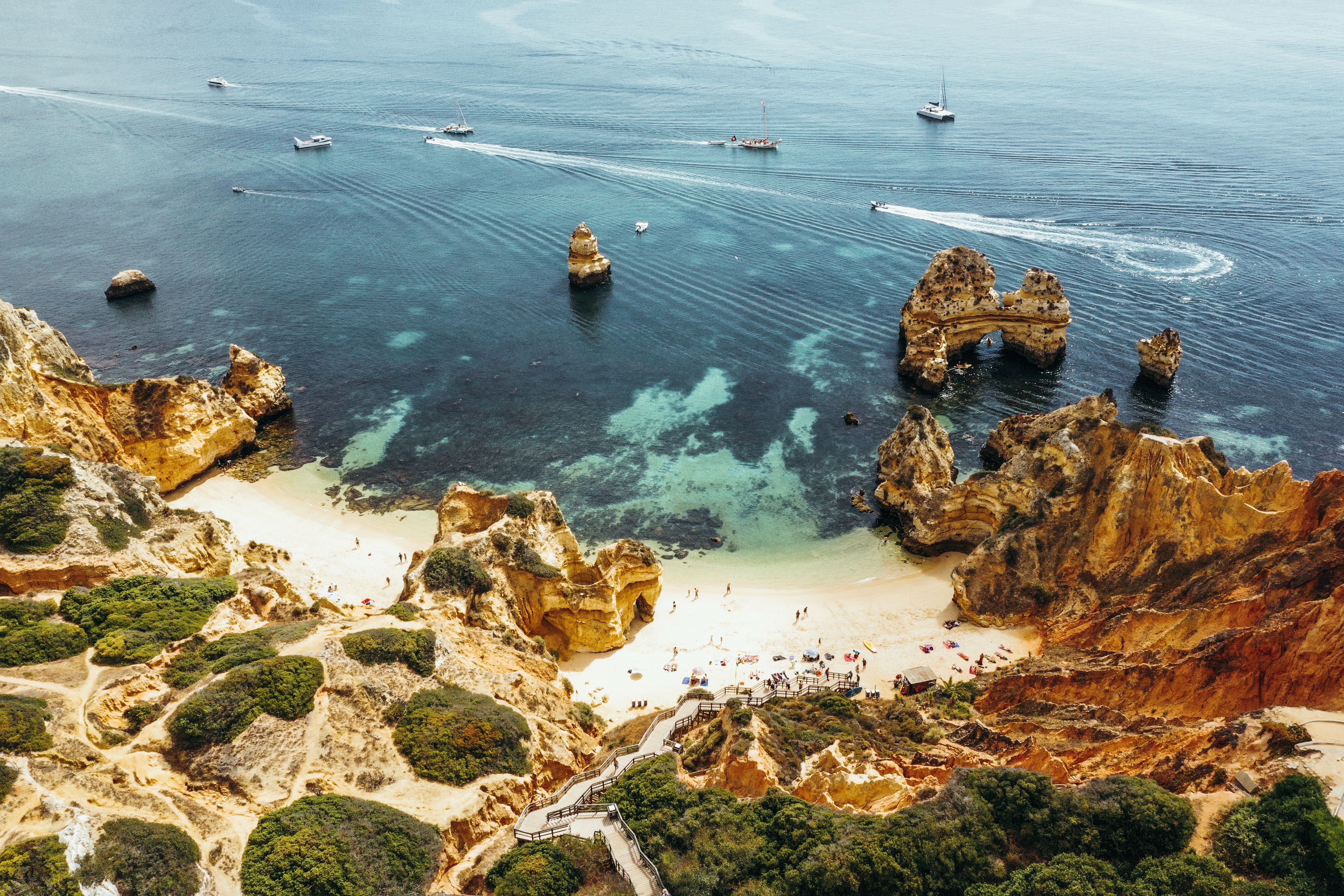
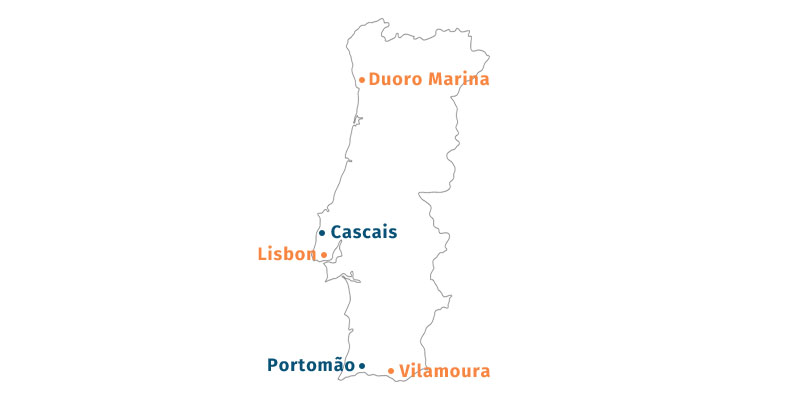
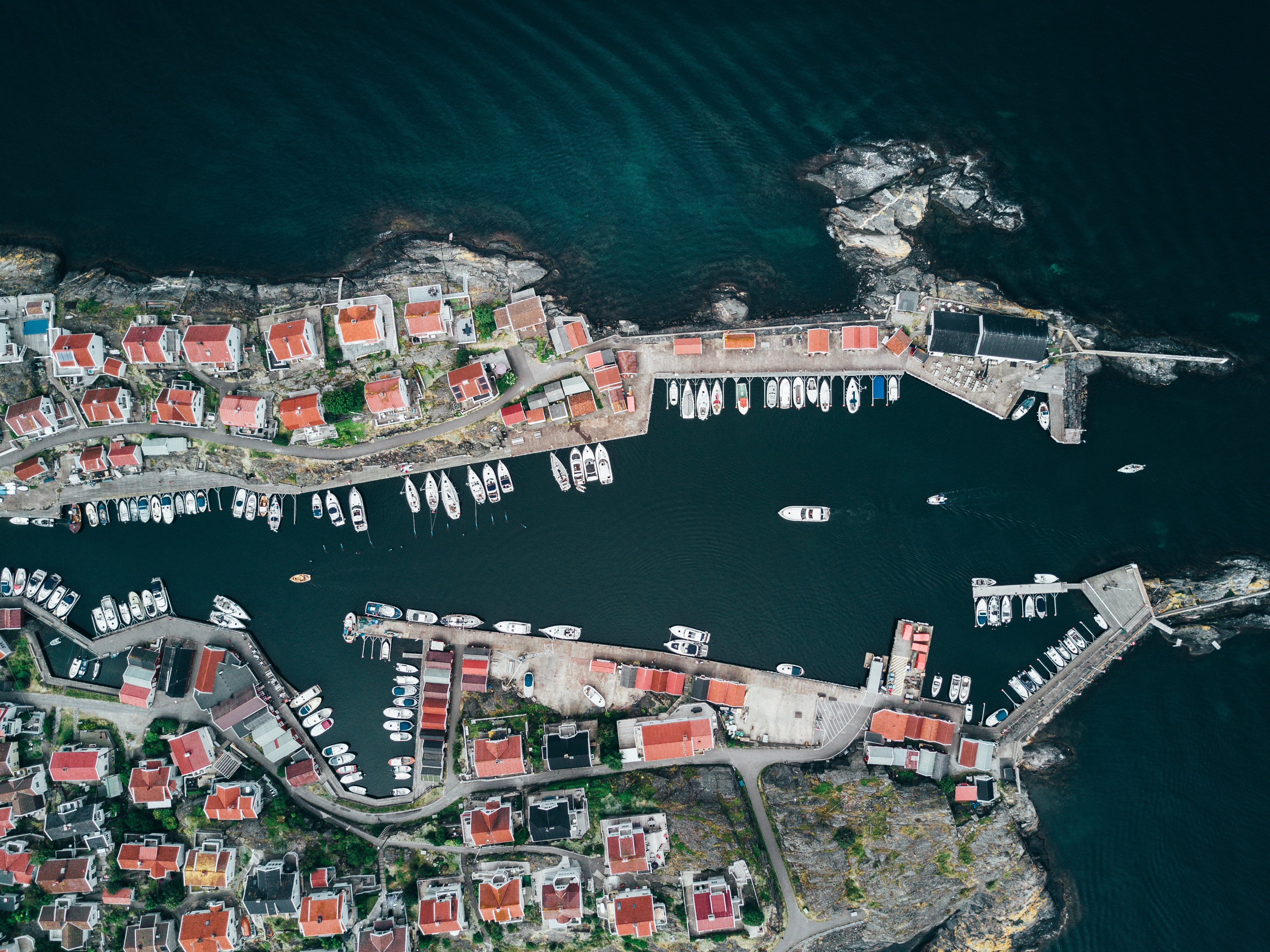
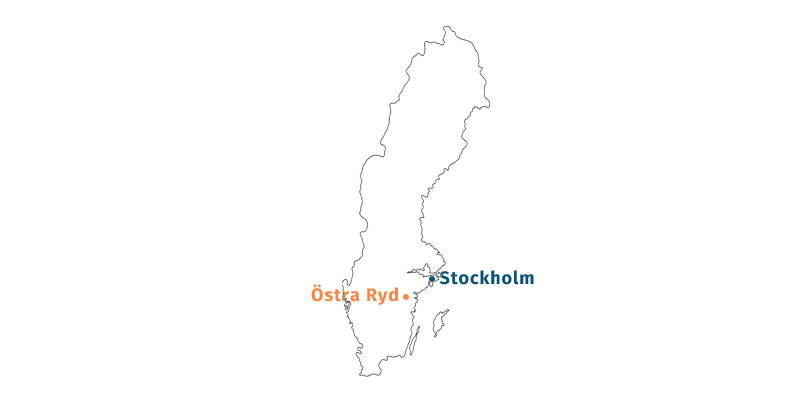
Turkey
Turkey is a deeply historical country with a rich, diverse landscape of beaches, mountains and cities. The Turquoise Coast is a beautiful backdrop for your sailing excursion, with jade coloured waters and forest covered hills sides. Beautiful beaches line the shores on this coastline - hunt down your own private coves to experience true relaxation during your trip.
Where can you charter a boat in Turkey?

When is it best to sail in Turkey?
Spring (March - Mid June) is the best time to sail in Turkey as the weather is warm and the days are long in terms of light. Summer (June - August) is very hot, as well as being very busy in tourist regions due to it being peak season so may not be the best time to be travelling in and out of ports. Autumn and Winter bring rainier, darker days so sailing conditions won’t be as ideal.
What are the sailing conditions like in Turkey?
Turkish sailing conditions are excellent. There are offshore north-westerly winds of 15-20 knots throughout the season, with no tides or strong currents. Meltemi winds affect the summer months, blowing along the coasts. The Meltemi is stronger the further west you travel, meaning you’ll have to tack more when heading west. This wind is strongest between 1pm and 5pm, hitting up to 25 knots.
Those with less sailing knowledge or experience, should sail in the East where the gusts are weaker.
France
France offers a broad range of landscapes and holidays, but with a beautiful coastline it’s perfect for a charter holiday without having to travel too far. Marseille is a port town with rich cultures and Grecian influences, while La Rochelle on the Western coast of the country is a gorgeous limestone ‘White City’ - both excellent areas to explore. La Trinite-sur-mer is a smaller area, but provides a great base to explore the North West of the country.
Where can you charter a boat in France?

What are the sailing conditions like in France?
The French Mediterranean coastline has superb weather conditions with over 300 sunny days per year. The ideal months for sailing fall before and after peak season, in May, June, September and October. High season is best to avoid as it can get extremely busy. The conditions throughout the summer/early autumn months is perfect for sailing due to mild winds and sunny weather. These winds are brought by thermals and are gentle to moderate, normally directed from the North West.
The Mistral is a wind that occurs mainly in winter but occasionally occurs in the summer months. It’s a cold dry north wind that flows through the Rhone Valley to the Med and is able to reach speeds of 90 kmph. This is a front that shouldn’t be underestimated by sailors.
Montenegro
Lonely Planet describes Montenegro as a ‘slice of Adriatic heaven’ and the views certainly live up to this accolade. With a landscape of towering mountains, beautiful beaches and the glistening turquoise seas, it’s no wonder that Montenegro is an up and coming tourist hotspot. The coastline has some of the most stunning views that Europe has to offer. Mountains flow into the sea and ancient walled towns lined the cliff-sides.

Where can you charter a boat in Montenegro?

What are the sailing conditions like in Montenegro?
The Montenegrin coastline is blessed with a Mediterranean climate - with an average of 10 hours of sunshine each day in the summer and temperatures of 28-30°. Sea temps range between 25-28° and tidal range is small (1-2ft).
There are some winds to look out for when sailing. Jugo is a moderate speed wind that is warm and moist with a steady direction. Blowing SE to S, it is able to create large waves and often coincides with rain. If you’re looking to sail in the South Adriatic, this is often stronger and much more frequent. Jugo usually occurs from March to June in the North and October to February in the South. In the summer months, it is rare to encounter Jugo however if it occurs it would usually last less than a day.
Bura is a strong, dry and cold squally wind that moves between NNE to ENE across the coastline throughout the year. This is often only present in the winter, usually only one summer day where it only lasts a few hours.
You may also encounter a Mistral wind - pleasant, refreshing, with a moderate strength. Starting around noon as a south west wind, it will reach its peak between 4-5pm, finishing pre-sunset as a north west wind.
Nevera and Neverin are short term storms that frequently occur in summer, characterised by strong wind, heavy rain and thunder/lightning. To predict these storms, look out for black clouds in the west.
Portugal
Portugal is a haven of historical and natural beauty. Whether it’s a medieval castle, a rural village or a beach filled with caves ready to explore, this is a great country that offers an exciting range of scenery and landscapes. Cliff tops, surf beaches and sandy islands line the coast giving you plenty to see as you sail. You may even spot a dolphin or 10 if you’re travelling through the Sado Estuary.
Where can you charter a boat in Portugal?

What are the sailing conditions like in Portugal?
Portugal offers a warm, mediterranean climate for the majority of the year with a distinct wet season in the winter, similar to Spain, with summer temps hitting 25° and winter temps averaging around 16°. Be aware that Portugal’s Atlantic-facing coast is considerably wetter than Spain’s Med-facing coast, with an average of 18 dry days per month in spring.
During the summer, refreshing sea breezes make for beautiful conditions. Most summer days you will experience a Nortada wind which blows in the afternoon at up to force 6 between 12pm and 7pm. This wind is perfect for sailing south.
If you’re heading North, it’s advisable to have an early start to get to your next port between 12pm and 6pm to avoid too much disturbance from the Nortada. You can expect lighter SE winds in the mornings.
There is traditional advice that encourages North-heading boats to travel out into the Atlantic in search of better winds, however these boats are often later found struggling into Northern ports after encountering adverse weather and swell.
Sweden
Sweden is a Scandinavian country constructed of thousands of coastal islands and inland lakes. Sweden offers a complete contrast to the Mediterannean coastlines you may be used to sailing along. A landscape of expansive forest and glacial mountains, these stunnings views are unspoiled. You won’t be beachless however, the coastline while sprinkled with islands, also offers vast beaches and remote fishing towns to give you plenty to explore on your journey.
Where can you charter a boat in Sweden?

What are the sailing conditions like in Sweden?
Sweden’s South and East coasts are situated on the Baltic Sea. Winds are predominantly from the West and bring Atlantic influences into the region. This sea is too small to develop it’s own climate and in tough winters it even ices over in some areas. Wind is accelerated along the coastline.
In the summer, winds in the South usually blow from the West and storms or bad weather conditions are rare during these months. Along the East coast is is normal to find contrary winds. Sea fret can be expected in spring and early summer in some places.
